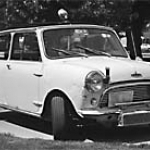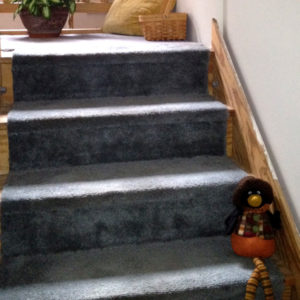New to the Forum here, looking for insights / tips about this post’s title.
History: About 30 years ago I embarked upon a project to enlarge the home I’d bought. Included was a 2nd story, ~ 3/4 the 1st floor’s footprint. New stairs were in order owing to the vastly revised plans.
The era was when “Small is Beautiful” so I opted for switchback stairs with a single landing (two equal runs, seven stairs each) to preserve the first floor’s space.
Now with both motivation and time to build permanent stairs (the original are 3/4 plywood, still quite sturdy; inspector’s “nice stairs” comment during final inspection was gratifying) using red oak.
The present stairs can be removed as a unit for access to each rise. I expect I’ll be removing / replacing thenm frequently once this project beigns.
Several years since I did woodworking for profit; I’m intimidated approach to layout for stair stringers.
As both stairwell “halves” finished to 37+” in width (see pic) my original intent for mortised stringers is out if 36″ minimum tread width is to be maintained.
So my questions:
1.) Will two LVL (whatever product is stocked locally) stringers be appropriate (placed on 30″ centers) or would three be required by code?
I’d always planned to build closed stairs, using 1″ finished red oak treads and 3/4″ risers as other trim are red oak.
2.) By what means can treads and risers be secured to the completed, installed stringers so that fasteners are completely hidden? Is glued and screwed blocking permitted?
3.) How is solid wood movement allowed for when risers are intended to support each tread above?
Likely be here with more questions once I get deeper into this….




















Replies
Rather than mortising the stringers you can either put up a thin "false stringer" and then secure a cut stringer below, or insead install cleats on the "false stringer". You are faced with the problems of securing the treads and covering the ends of them, but the latter can be solved with a thin trim strip, and the treads can be secured from underneath if you have access, or secured with trim screws from above.
And talk to your inspectors -- some don't interpret the 36" width requirement as requiring that width right at the tread, but more as "elbow room".